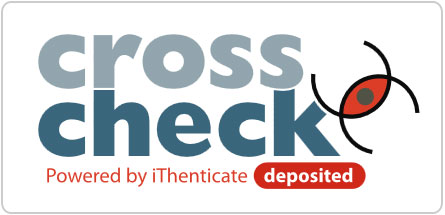Abstract
The advantages of RDBMS model and design methodology are being utilized by industry/institutions for any software design and implementation. The future of RDBMS certainly will be the Graph Databases with NoSql methodologies, which is emerging as beyond of relational model. In this paper we will highlight all the databases evolved after RDBMS and couldn't stay in market for so long period and survey has been made to highlight those databases after RDBMS. Relational Database Management System has certain advantages like (i) Storing in Tables, Column and Rows (ii) Data Storing in Normal Form (iii) Easy to use via SQL to retrieve information via complex join operators (iv) Maintainability via Reverse Engineering (v) Indexing and quick searches. Due to this inherent features of RDBMS and SQL, it is necessary to re-engineer and compare RDBMS where there will be no NoSQL methods or paradigm shift towards semantic databases where we can avoid complex join operations. Recently, numerous software industries and research institutions are trying their old RDBMS system to be re-engineered into some other architecture via nodes, edges and relationships where different type of information can be stored easily. So, it is a big challenge for any industry and institutions how quickly they can re-engineer their old RDBMS into Graph Databases which is also called now-a-days the future of databases. In this project, it is highlighted that the importance of the re-engineering work lies in three different direction such as (i) Comparison of RDBMS with GDBMS where facebook, twitter, Amazon, Google are adopting (ii) Survey work of Graph Databases and (iii) Graph Database Models is increasingly a topic of interest. The representation of data in the form of a graph lends itself well to structured data with a dynamic schema. This article goes over current applications and implementations of graph databases, giving an overview of the different types available and their applications and beyond RDBMS. Due to wide spread of graph algorithms and models, no standard system or query languages has been defined for graph databases. Research and industry adoption will determine the future direction of graph databases. (iv) Beyond RDBMS artifacts established by industry andacademics.


